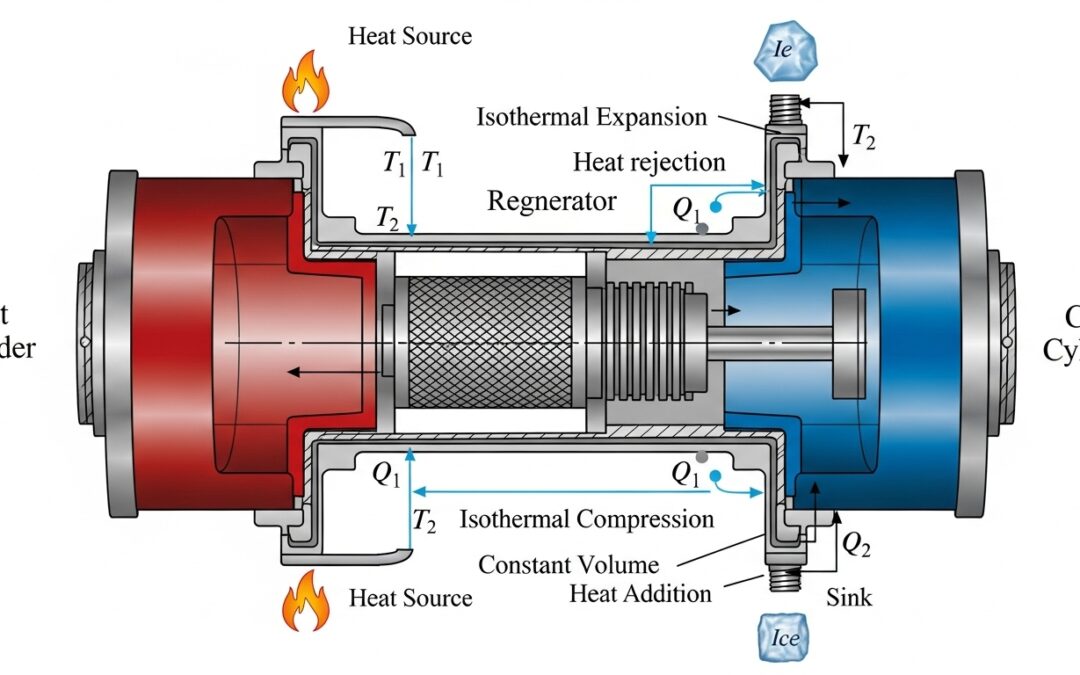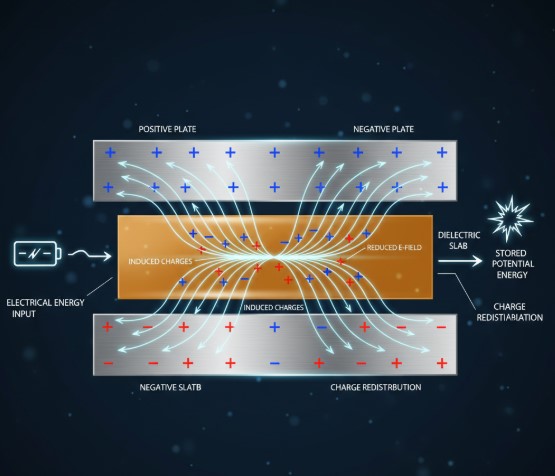IIT JEE induction problems often involve calculating induced emf using Faraday’s law, a fundamental concept in electromagnetism. This introduction sets the stage for mastering numericals with clear, step-by-step explanations to boost your exam preparation.
Table of Contents
Read More
Mastering electromagnetic induction is crucial for excelling in competitive exams like IIT JEE. This post delves into numerical problems focusing on Faraday’s law, providing step-by-step solutions and practical insights to enhance your understanding and problem-solving skills.
Fundamentals of Electromagnetic Induction
Electromagnetic induction forms the backbone of modern electrical engineering, with Faraday’s law being a cornerstone concept. It describes how a changing magnetic field induces an electromotive force (emf) in a conductor, leading to current flow.
Understanding Faraday’s Law
Faraday’s law states that the induced emf is proportional to the rate of change of magnetic flux. For a straight conductor moving perpendicular to a magnetic field, the formula simplifies to emf = B l v, where B is magnetic field strength, l is length, and v is velocity.
This principle is widely applied in generators and transformers, making it essential for IIT JEE aspirants to grasp thoroughly. Numerical problems often test this direct application, requiring careful attention to units and directions.
Key Parameters in Calculations
In numericals, parameters like magnetic field strength (B), conductor length (l), and velocity (v) must be accurately identified. For instance, in the given problem, B is 0.4 T, l is 0.5 m, and v is 10 m/s.
These values are typical in exam questions, designed to assess both conceptual understanding and computational skills. Always ensure units are consistent to avoid errors in calculations.
Solving Numerical Problems Step by Step
Approaching electromagnetic induction numericals methodically can significantly boost your accuracy and speed. Let’s break down the process with a detailed example.
Step 1: Identify Given Values
Start by listing all provided data. In this case, length l = 0.5 m, velocity v = 10 m/s, and magnetic field B = 0.4 T. Note that the rod is moving perpendicular to the field, which is a common assumption.
This step is critical to avoid missing any details that could affect the outcome. Double-check units; here, all are in SI units, so no conversion is needed.
Step 2: Apply the Formula
Use the formula for induced emf in a moving conductor: emf = B l v. Substitute the values: emf = 0.4 0.5 10. Perform the multiplication step by step for clarity.
First, calculate B l = 0.4 0.5 = 0.2, then multiply by v: 0.2 * 10 = 2.0 V. This gives the induced emf as 2.0 volts, a straightforward result.
Step 3: Interpret the Result
The calculated emf of 2.0 V indicates the potential difference induced across the rod. Consider the direction using Lenz’s law, which states that the induced current opposes the change causing it.
In exams, questions might ask for the magnitude only or include direction aspects. Practice similar problems to build confidence in handling variations.
Step 4: Common Pitfalls and Tips
Avoid common mistakes like incorrect unit conversions or misapplying the formula. For example, if velocity were not perpendicular, a cosine term would be needed, but here it’s assumed perpendicular.
Always verify the orientation of motion relative to the magnetic field. Use diagrams if provided to visualize the scenario, enhancing accuracy in problem-solving.
Key Takeaways
Electromagnetic induction numericals are a vital part of IIT JEE physics, testing both theory and application. Mastering these through practice ensures you can tackle any variant with ease.
Remember to focus on understanding Faraday’s law deeply, as it underpins many advanced topics. Keep practicing with diverse problems to solidify your skills and ace the exam.
| Parameter | Value | Description |
|---|---|---|
| Length (l) | 0.5 m | Length of the conductor rod |
| Velocity (v) | 10 m/s | Speed of the rod perpendicular to magnetic field |
| Magnetic Field (B) | 0.4 T | Strength of the uniform magnetic field |
| Induced EMF | 2.0 V | Calculated using emf = B * l * v |
We also Published
RESOURCES
- Electromagnetic Induction | Physics Notes For IITJEE/NEET
- #iitjee #iith #hiring #orientation #induction #session | Arsh Goyal …
- IIT JEE advanced Physics -Electromagnetic Induction- Study Materials
- Charging by Induction – Study Material for IIT JEE | askIITians
- Electromagnetic Induction For Iit JEE
- Electromagnetic Induction Preparation Tips for IIT JEE | askIITians
- Micro Course – Electromagnetic Induction: Motional EMF
- Admin reply: Ah, the 4 AM MTH-induced philosophy session. A core …
- How To Use Mathematical Induction how to use mathematical …
- Electro Magnetic Induction And Alternating Currents … – SATHEE







0 Comments